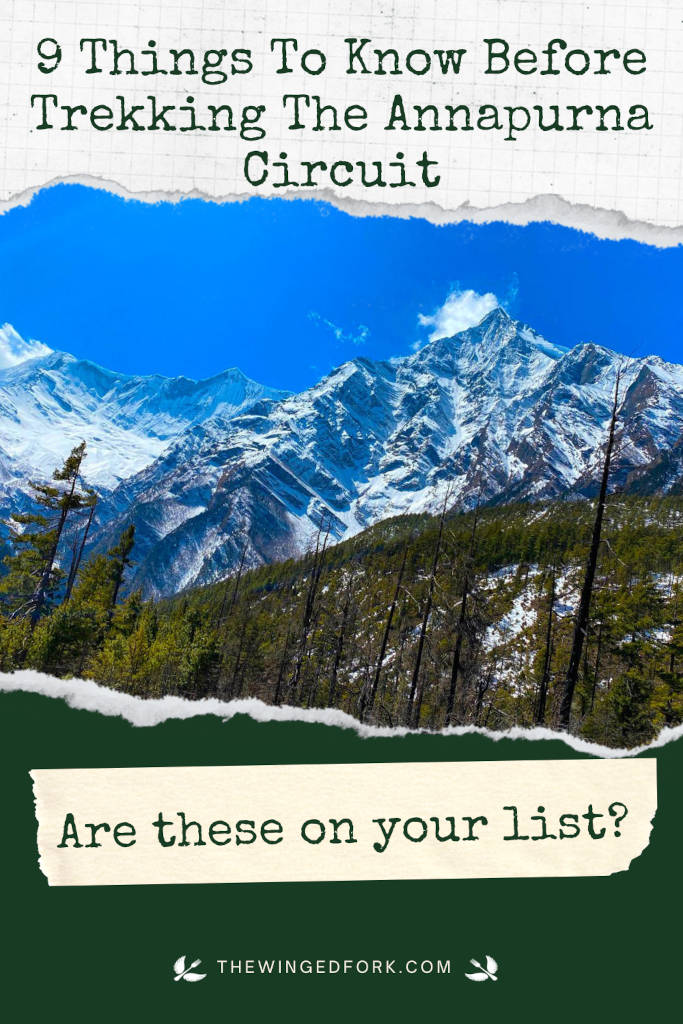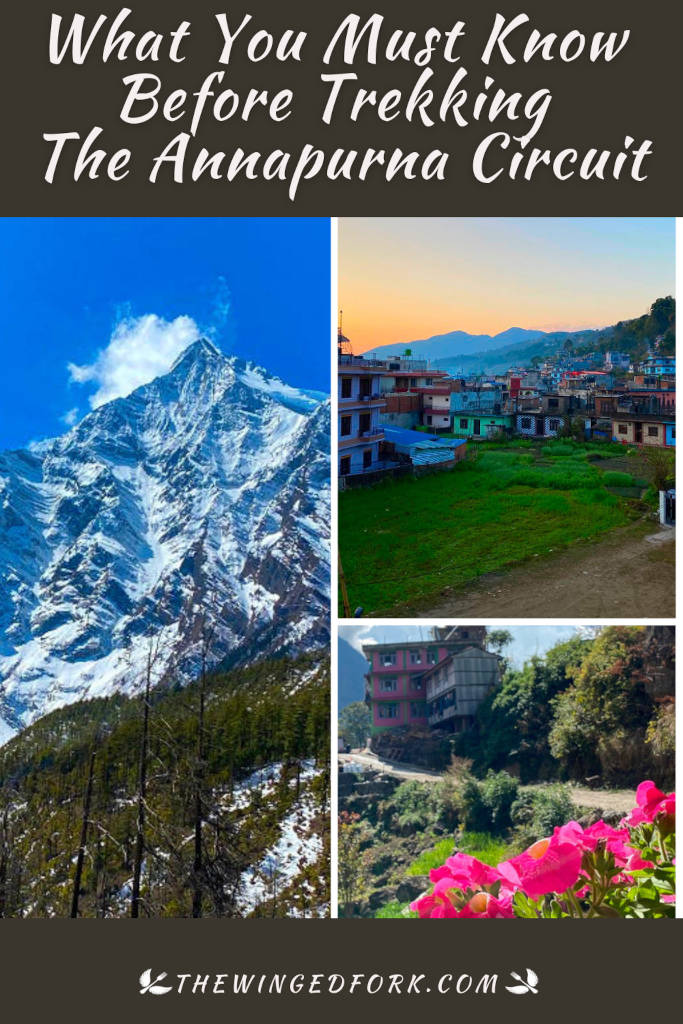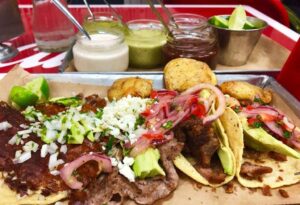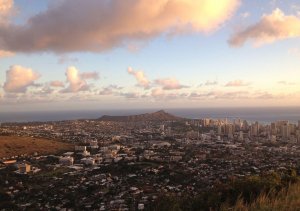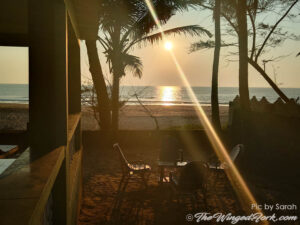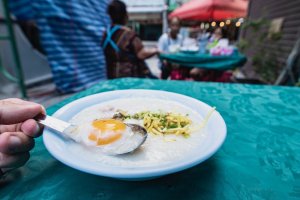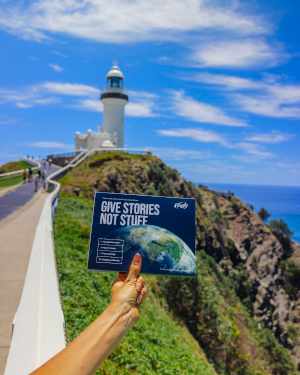Nepal is famous for the Himalayan mountain range and world-famous treks. The most popular hiking treks in Nepal are Everest Base Camp, Manaslu Circuit, Langtang Valley, and of course, the Annapurna Circuit.
The Annapurna Circuit has stunning views from start to finish, with a variety of terrain and a good mix of nature and culture. Adventure seekers and pilgrims flock to the Annapurna Circuit for its peaceful Hindu and Buddhist temples, challenging terrain, and to cross one of the highest (and deadly) hikeable mountain passes in the world, Thorong La Pass.
Despite being extremely challenging and dangerous, many hikers tackle this 12-22 day trek. Every trekker must be prepared to face any challenges along the trail. This guide will tell give you insight into what you must know before the Annapurna Circuit trek and help you prepare for the journey of a lifetime!
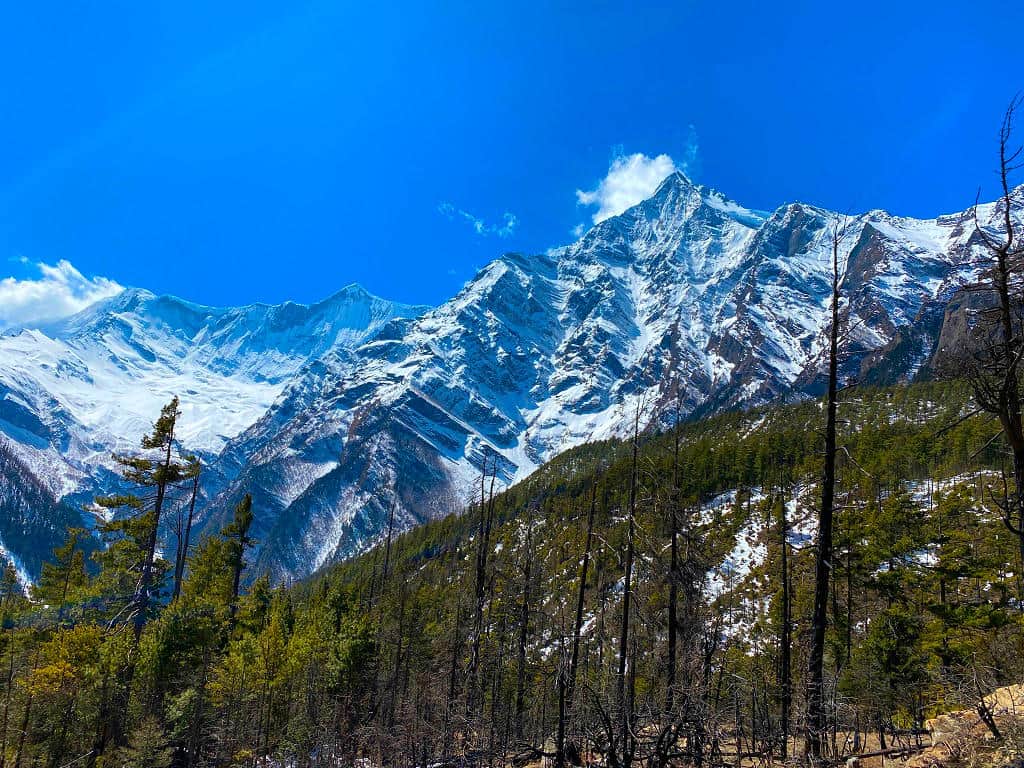
1. Time of the year matters
There are two popular trekking seasons in Nepal, the first being the fall season from October and November and the second spring season from February to April. While each season has its pros and cons is best to make sure you choose the right season that suits your needs.
The fall season sees the most trekkers and the trails and teahouses are more likely to be busy, possibly making it harder to find accommodation. Fall also brings the most favorable and safe weather for hiking with lesser gear.
Spring tends to be much colder, and there is a good chance you will see lots of snow along the trail. This season also sees the least trekkers, and accommodations are abundant. The shoulder months from September and December are a bit of a gamble, it is possible to get the best of both worlds: fewer trekkers and peak season weather. It is also possible to get the worst of both seasons and it’s not recommended to trek in the shoulder months. Like the Torrent de Pareis, it’s not recommended to hike during the monsoon season, May to August, due to clouded views, rain and leeches.
Global warming is affecting both seasons and year after year Nepal sees more blizzards, avalanches, warm months, and other types of weather that severely impact the quality and safety of treks.
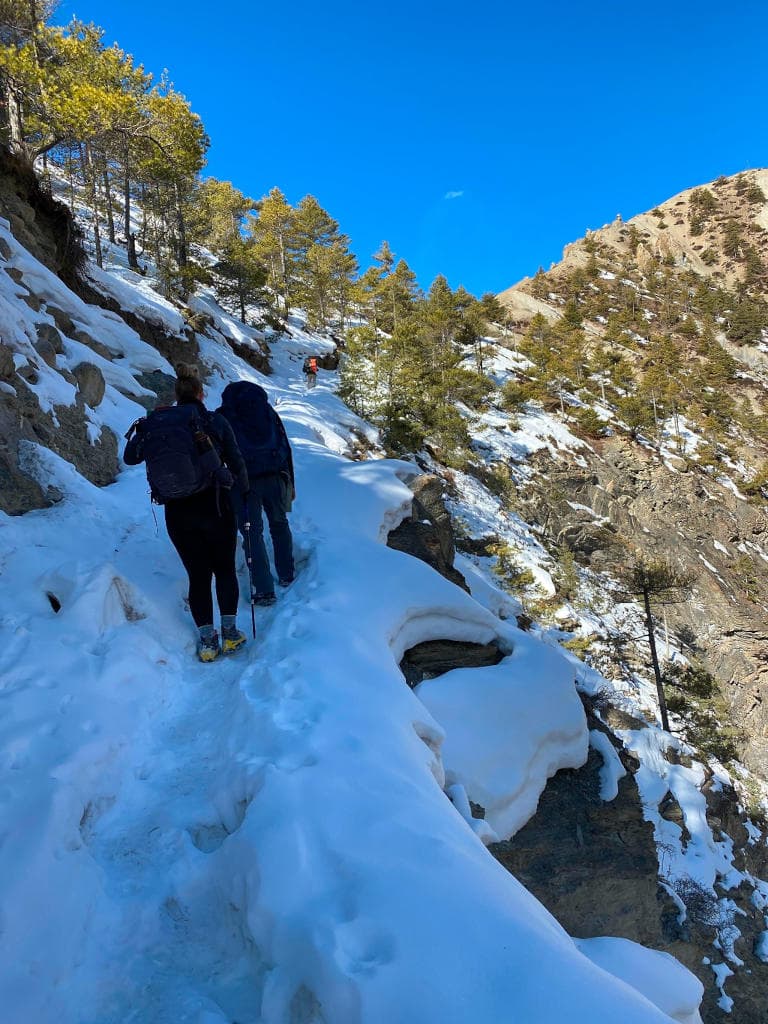
2. Trek counter clockwise
The Annapurna circuit trek is a loop trek, meaning it starts and ends in Pokhara. The trek that first opened in 1977 has seen some massive changes in recent years with the unpaved jeep road being extended all the way from Besi Sahar to Manang on the West side of the loop and from Nayapul to Muktinath on the East side. This road effectively eliminates ⅔ of the trek.
Although the new jeep roads eliminate a lot of the leg work, this means the trek is more customizable and you can start and finish wherever you like. Most trekkers trek counter-clockwise due to the number of acclimatization days you have. Trekking clockwise is extremely dangerous due to the lack of time you have to acclimatize to the drastic change in elevation. The limited tea houses you encounter could also mean life or death.
3. Purchase your flights in advance
Unlike Everest Base Camp, the Annapurna Circuit starts in Pokhara, Nepal. Although Pokhara does have an airport, it is not international so trekkers will have to fly into Kathamandu and brave the 8 hours on the local bus to Pokhara or book a 30-minute local flight. Booking a local flight is the best way to get to Pokhara and will ensure a timely start to your trek.
Two airlines, Yeti Air and Buddha Air offer daily flights from Kathmandu. The best way to make sure you get a good price is to book well in advance, as soon as you confirm your trekking dates you can start looking at flights. Don’t forget to check various flight booking sites here to make sure you get the best price.
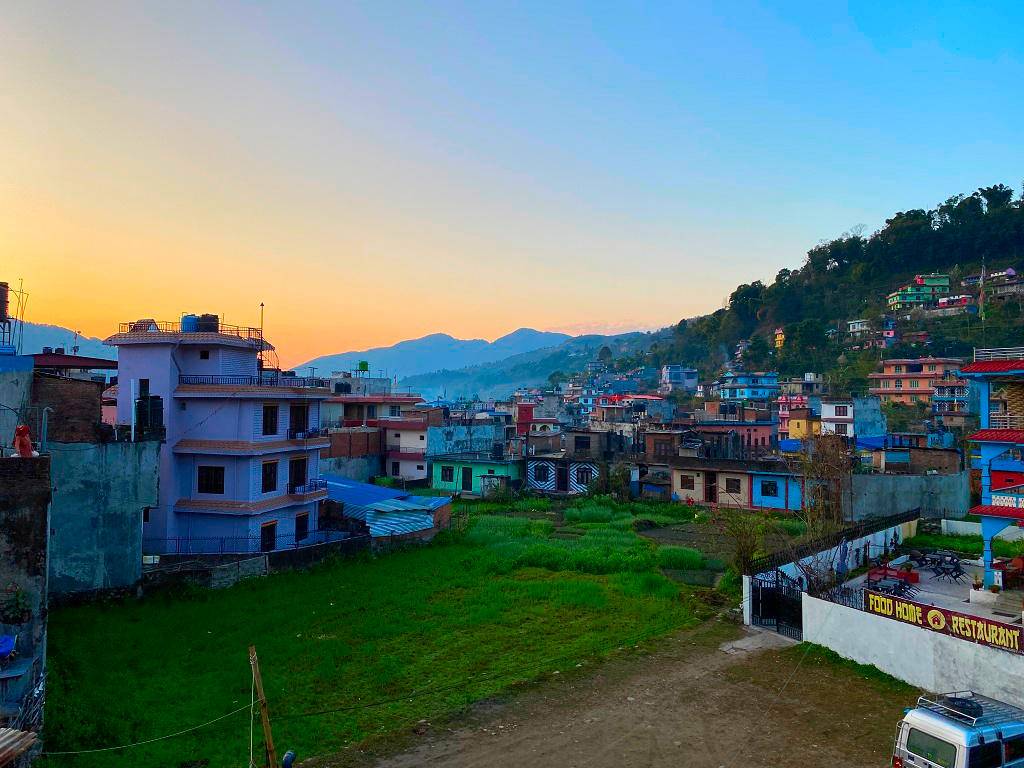
4. Hire a guide
It is entirely possible to do many hikes in Nepal on your own, meaning you go without a guide. While you may see some people trekking without a guide, it is definitely not the wisest decision. Guides offer an unparalleled experience when it comes to hiking in the mountain and can help you navigate difficulties like organizing trekking permits and teahouses. Additionally, they carry your heavy baggage so you only need to have a hiking backpack on your person for personal items.
Hiring a guide also allows you to customize the trek exactly the way you want it and they offer local insight into the natural and cultural history of the land, many guides may even take you into some of the local temples, or get you a cup of Chhaang (a locally made rice wine).
Most importantly guiding trekkers and carrying baggage through the Himalayas is an important job in the area and it supports the local economy immensely. Many Nepali people rely on this profession as their source of income for their families.
You can book a guide through a tour company, but the best option is to hire a guide outright. You can find a local guide by asking other trekkers who have been on the Annapurna Circuit or through social media. Hiring a guide directly ensures more of your tourist dollars end up in the pocket of the local Guides rather than the middle man (various companies).
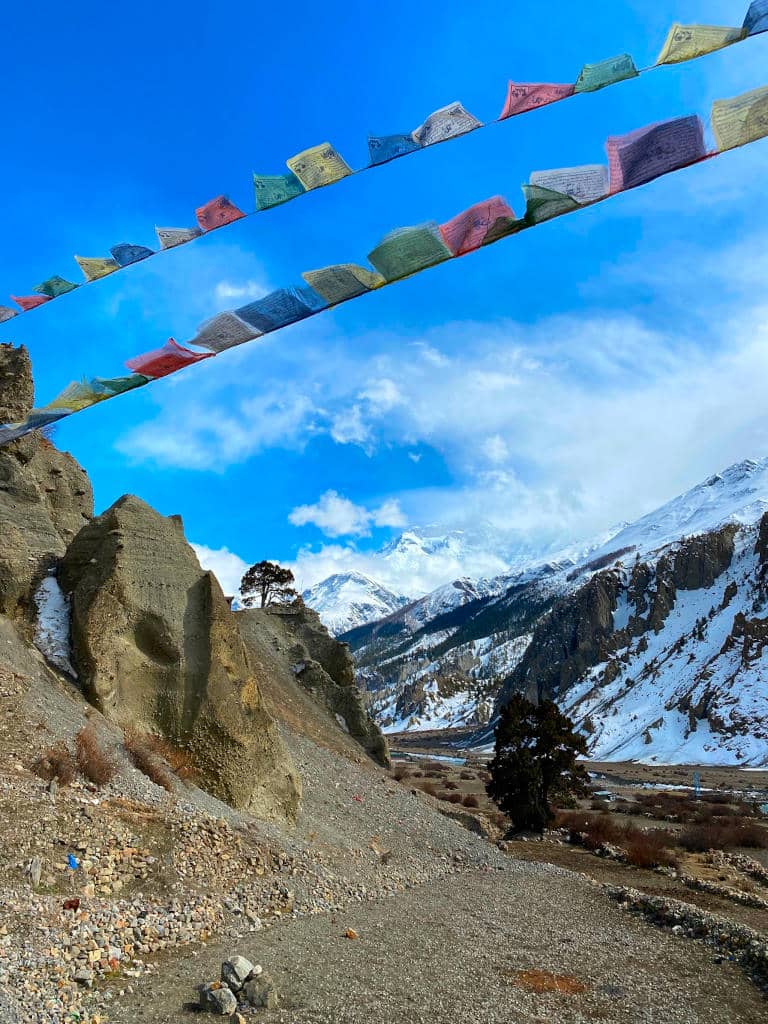
5. Food is fuel
Hiking for 5-7 hours a day through the Himalayas will take a toll on your body. The local staple meal, Dal Bhat, consists of lentil curry, rice, achaar (pickles), and cooked veggies. While this meal is delicious and often a welcome treat after a hard day’s hike it is not enough to sustain the nutrients and protein your body needs for this trek. It is important to pack high-protein snacks like protein bars, nuts, jerky, nuts, and peanut butter as well as a daily vitamin C pill or powder.
Some days on the trek you might find it hard to eat in the morning but it is important to load up on calories at every opportunity and don’t skip any meals. Snacks like chips and chocolate can be bought along the trek but they are more expensive and increasingly hard to find the higher up you go. Remember to withdraw enough cash from an ATM in Pokhara as cards along the trek are nonexistent and ATM fees will have you regretting not packing that Kitkat bar.
6. Beware the altitude
The highest point in the trek is 4450m, but AMS (acute mountain sickness) and HAPE (high-altitude pulmonary edema) are common and can be fatal. It is important to know the common signs of both and to monitor yourself and your trek mates for signs of AMS or HAPE.
Common signs of AMS:
- Headache.
- Nausea.
- Vomiting.
- Fatigue
- Problems with sleep.
- Loss of appetite.
Common signs of HAPE
- Severe weakness/exhaustion
- Confusion or feeling irritable
- Feeling drunk (dizzy, trouble walking straight)
- Blue tinge to the skin or lips
- Persistent cough, and coughing up pink or yellow frothy liquid
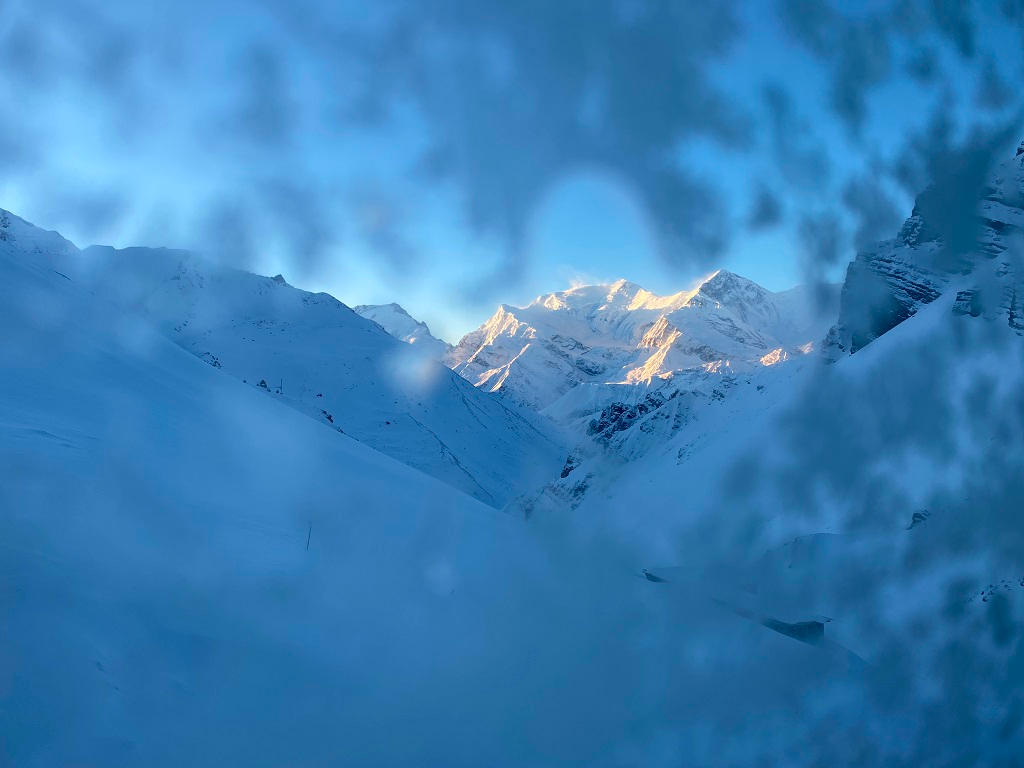
7. Stay away from plastic
Unfortunately due to its remote location, poor infrastructure, and increase in tourism the trekking regions and mountains of Nepal are experiencing a trash problem. There are no landfills in these regions and most trash has to be hauled out by hand, burned or left on the mountain. To avoid contributing to the plastic problem it’s best to invest in a water purifying system like the Sawyer water filter, Life straw, or a SteriPen to clean and purify the local water. It is also important to pack out any trash you brought in.
8. Mentally and physically prepare (Prepare for all 4 seasons)
The locals will say “Nepali flat means a little bit up, a little bit down” which really means a lot up, a little bit down. Meaning this hike will take you up and down every day, testing your mental and physical strength as well as your patience and endurance.
If you choose to hike in a group or alone you should be prepared for hours of silence, and hiking “alone” with your thoughts. Some trekkers say that the mental aspect of the trek is something they weren’t prepared for. Keeping a journal and trying to maintain a positive outlook will help greatly.
While trekking the circuit it’s best to prepare for all weather and pack for all four seasons. The last thing you want is to be caught in a snowstorm without a jacket or warm clothes.
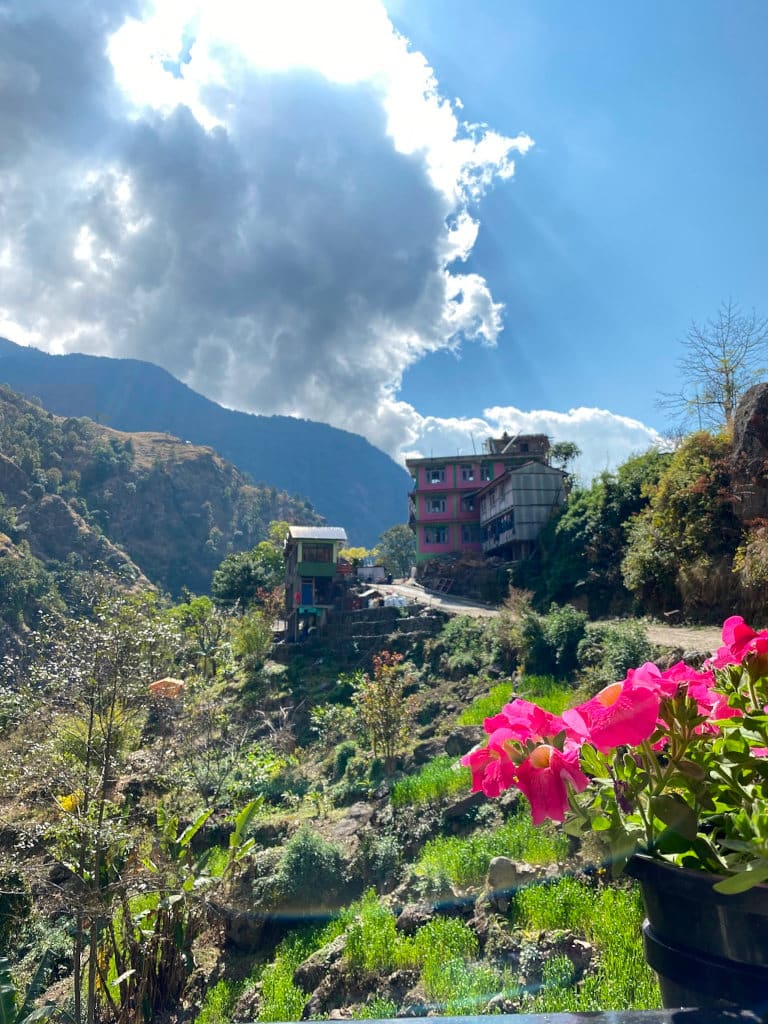
9. Get a local sim card
Along the trek wifi is scarce and when you do have it, it barely works. Stay connected to the outside world by getting a local sim card. The local cellular companies are NCELL and NTC. NTC reportedly works best for the Annapurna Circuit while NCELL is best for Everest hikers. You can pay about 500 NRS for 1GB of data and it lasts a month, or spend a little bit more for extra data depending on your usage.
Staying connected is important, but you should also be prepared to pay for electricity. Paying to charging your devices along the trail is common and it can range anywhere from 200 NRS to 500 NRS per charge depending on how far along you are. If you can, bring multiple battery packs and charge them before starting your trek to use along the way.
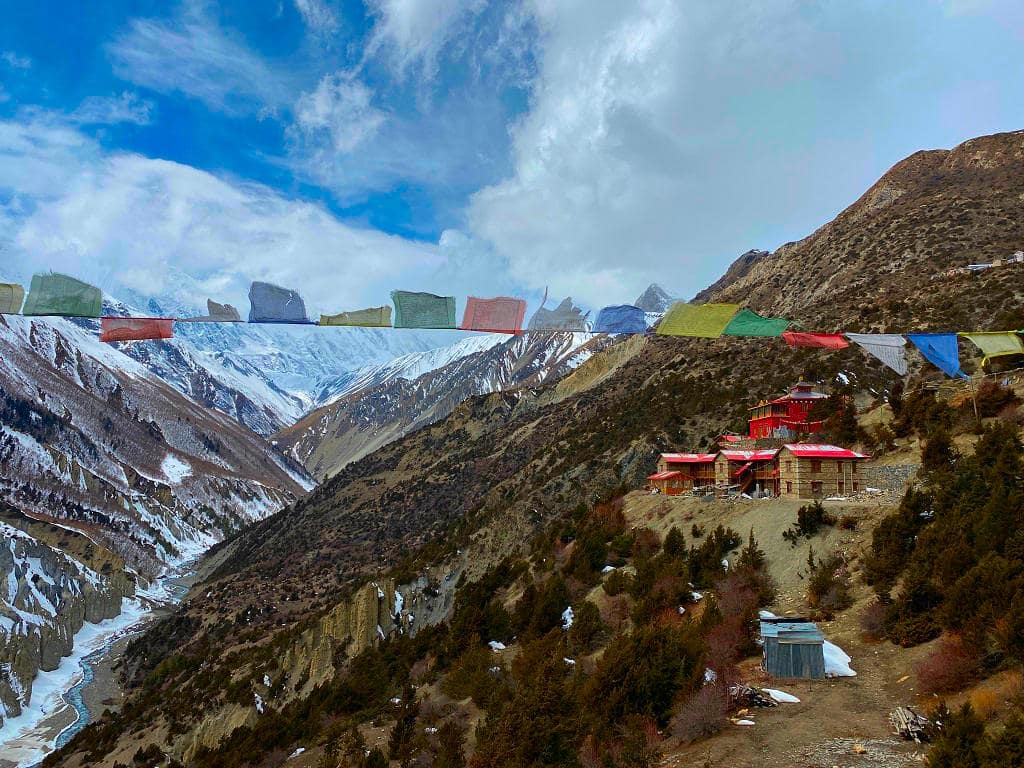
The Annapurna Circuit is a magical hike that takes you around some of Nepal’s eight-thousanders (mountains that are over 8000m high) including Annapurna II and IV, Dhaulagiri, Manaslu, and more. This trek also brings you through beautiful cultural sites and temples that are worth exploring on their own. Despite all the challenges trekking the Annapurna Circuit brings, it is truly worth the experience and is a once-in-a-lifetime adventure that every trekker should complete!
Author Bio: Amanda Lawrence
Amanda is a travel blogger and freelance writer based in Vancouver. In her spare time she enjoys finding hidden gems and planning budget-friendly trips. Author of the Pineapple Backpacker blog and a regular contributor at FidisTravel. You can find her on Instagram at Pineapple Backpacker.
Other Adventure Posts You Might Like
- Katoomba Hike
- Appalachian trail hiking
- Chandoli Park
- Mexico City’s most popular hotspots
- Tongariro Glacier
